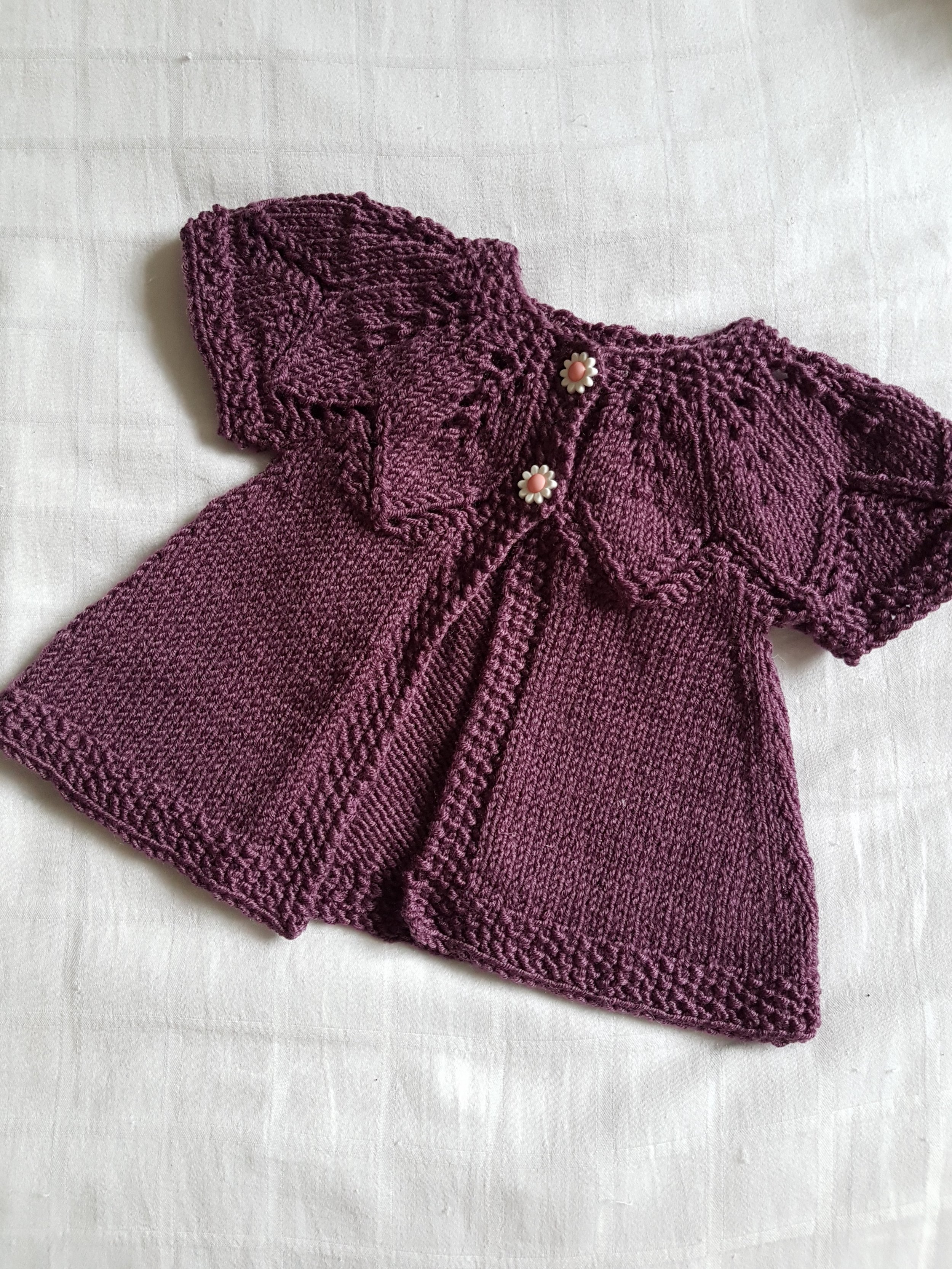Pattern is Autumn Leaves by Nikky Van De Car
Unless you've been living under a rock in the UK this week you can't but help have heard the social media rumpus that followed an announcement by major retailer John Lewis. It was nothing earth shattering, nothing ground breaking. Just a simple statement that they were relabelling their children's clothing ranges and would from now on have a gender-neutral range.
To those parents who would dearly like to buy little dresses for their girls with dinosaur prints on, or trains this was welcome and long overdue news. I am parent to two boys but as someone who feels strongly about this issue I'm not averse to reorganizing the clothing racks in department stores and relocating the Space/Science themed T shorts into the "girls" section.
To others though, this move signals the end of the world and that time honoured catchphrase "Political correctness gone mad". Twitter feeds full of rabid, ranting objections and ill-informed opinion abounds. Those who are so quick to label others for taking offence seem to have gone off the deep end and are claiming to be morally outraged that the "left wing PC brigade" are trying to force little Tommy into a dress and won't be happy until the mandatory wearing of fairies and glitter is enforced across the genders.
As a child of the 70s this is all quite amusing. The vast majority of my clothing was bright primary colours (well the bit that wasn't brown corduroy, anyway) and much of it was unisex - often handed down from family and friends. Quite when we started to segregate Mothercare into pink and blue I'm not entirely sure, but surely it can't hurt to give people - and their children - choices.
As knitters ( and also as crafters, sewists etc) this debate can rage on but we are safe in the knowledge that we can create whatever we want. If we want to make a tunic dress for a little girl with a dinosaur motif or a rocket we can. If we want to make a rainbow coloured sweater for a little boy, we can. Our only constraints are our imagination and our budgets.
As an aside, I'll share an anecdote from a few weeks ago. I made a little purple cardigan ages ago and finally a baby girl arrived in the family who I could gift it to. I shared a photo on social media and some of the comments were pretty funny to me. Lots of comments along the lines of "oh, what an unusual colour for a girl". I truely hadn't given it a moments thought that it was in any way a controversial colour. I love purple and it goes with a ton of other colours. It's also dark enough to hide a multitude of baby-related stains and it was superwash yarn that I had in my stash - win, win.
After consulting with a few knitting friends it seemed that they had also experienced similar reactions. Some family members seemed to be of the firm opinion that it was one step away from pink and thus wholly unsuitable for boys. Equally others felt that it strayed dangerously close to blue territory and could not therefore be countenanced by baby girls.
How strange. That a colour can provoke such interesting reactions. So if a purple cardigan can cause ructions I guess it's no surprise that a dinosaur dress has people talking. The John Lewis PR department must be jubilant.
For me though, this whole debate is clearly missing the wider issue. Never mind about pink for boys or purple for girls. There is an urgent and pressing need to readdress the Great Pockets Divide. Now I know there is no rational reason why a baby boy need pockets - what after all is a 3 month old going to stuff in there? But why should baby girls trousers not have them? And for busy pre-schoolers who lets face it, have a wealth of interesting uses for pockets, why should little girls be denied them.
And don't even get me started on women's clothing. For me one of the chief selling points of a dress or skirt (beyond the fact that it's machine washable and non crease) is that it has pockets.
So bugger the colour or the print, let's start a campaign for Pockets For All. Or failing that we can just make them outselves.
